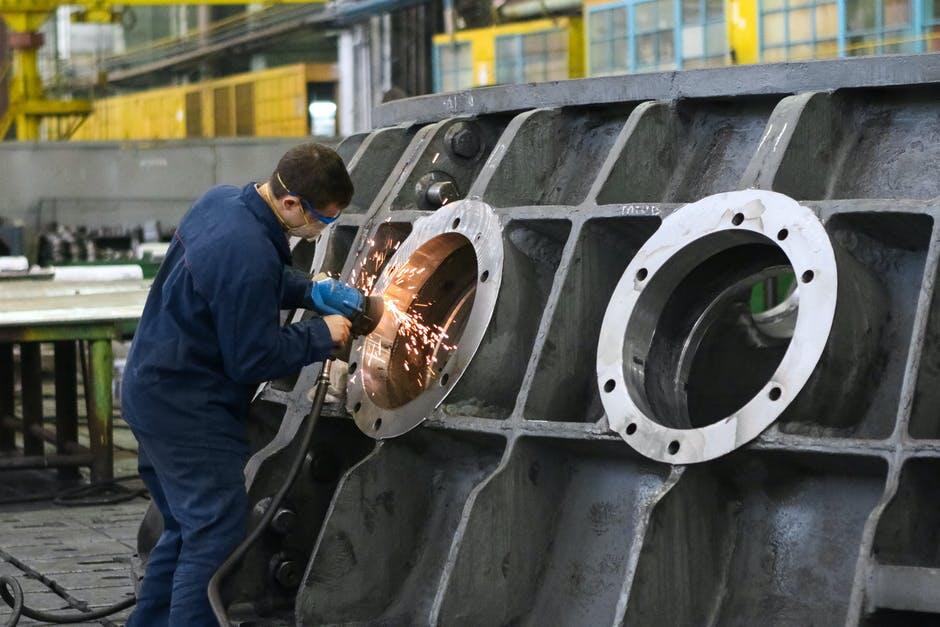Physical Address
304 North Cardinal St.
Dorchester Center, MA 02124
Physical Address
304 North Cardinal St.
Dorchester Center, MA 02124

In the dynamic world of entertainment, theater productions, concerts, and industrial lighting setups, stage pin connectors play a vital role in delivering power safely and efficiently. Whether you’re a lighting technician, event organizer, or a DIY enthusiast, understanding the ins and outs of these connectors is crucial for ensuring both safety and performance. This comprehensive guide explores everything you need to know about stage pin connectors, from their basic design to selecting the right type for your application, and looking ahead to future technological trends.
A stage pin connector is a type of electrical connector used primarily in professional lighting and power distribution setups. Designed to withstand rigorous conditions, these connectors connect power cords to lighting fixtures, sound equipment, and other electrical devices used in stage productions and industrial environments. The key components include a male plug (with pins) and a female socket (receptacle), typically constructed from durable metals like brass or aluminum.
Also known as stage pin plugs, stage pin sockets, or simply stage pins, these connectors are ubiquitous in environments that demand reliable, high-current connections. They are favored in theatres, concert venues, event spaces, and even industrial sites because they provide a secure connection capable of handling substantial electrical loads.
Stage pin connectors come in various configurations to suit different applications:
Choosing the right material impacts durability and conductivity:
Stage pin connectors are rated for various voltages and currents:
The pins are the male parts that insert into the female socket, facilitating power transfer. These pins are usually made of copper or brass for its conductivity, with gold or nickel plating for corrosion resistance.
The exterior shell shields internal components from physical damage and environmental factors. Robust housings made from heavy-duty plastics or metals provide structural integrity.
Many stage pin connectors include locking features such as screw or bayonet lockings, ensuring the connection remains secure during performances or critical industrial operations.
This feature prevents stress on the electrical connections by securing the cord to the connector body, reducing wear and preventing accidental disconnections.
Quality UL and CSA certifications ensure that stage pin connectors meet strict safety criteria, including electrical ratings, structural integrity, and durability.
Adhering to industry standards for dimensions guarantees compatibility across different manufacturers and supplies, minimizing mismatches and safety hazards.
The primary use of stage pin connectors in theatre is in power distribution, connecting stage lights to power sources securely without the risk of accidental disconnection or short circuits.
In concerts, temporary power setups rely heavily on these connectors for quick, reliable connections of sound equipment, lighting rigs, and other devices, allowing for efficient setup and teardown.
Permanent installations in factories or commercial spaces also employ stage pin connectors for rigging lighting fixtures where durable, high-capacity connections are essential.
Constructed from high-quality metals, stage pin connectors resist wear, corrosion, and physical damage, ensuring longevity even in demanding environments.
The locking mechanisms and high-quality contacts prevent accidental disconnections, making them indispensable for live performances and industrial applications.
The design allows these connectors to safely carry substantial electrical loads, often exceeding 50A, without overheating or failure.
Connections are straightforward — simply insert the plug into the socket and secure it with the locking mechanism, facilitating quick setup and teardown.
Ensure the connector matches the voltage, current, and pin configuration of your devices. Refer to manufacturer specifications or technical manuals.
For outdoor events or harsh environments, select connectors with weatherproof housing and insulation features.
Prioritize connectors certified via UL or CSA standards to guarantee safety and conformity.
High-quality connectors may cost more initially but provide better longevity and safety, reducing long-term expenses.
Always ensure connectors are correctly aligned and fully engaged before powering up equipment. Use strain relief components to prevent stress on the connection.
Inspect connectors periodically for corrosion, damage, or loose parts. Replace defective units immediately to prevent hazards.
| Brand/Manufacturer | Price Range | Features | Suitable For |
|---|---|---|---|
| Wiring USA | $10 – $25 | Durable brass, UL listed | Professional stage use |
| Cam-Lok | $15 – $30 | High current ratings, weatherproof | Industrial applications |
| Cable Matters | $8 – $20 | Insulated, lightweight | Temporary setups, DIY projects |
The development of composites and smart alloys could produce connectors that are lighter, more durable, and highly resistant to corrosion.
Emerging technologies aim to reduce reliance on physical connectors altogether, enabling wireless power transfer tailored for stage and industrial environments.
Future connectors may incorporate sensors to monitor connection health, temperature, and current, providing real-time data for enhanced safety and maintenance.
Stage pin connectors are essential components in ensuring the safe, efficient, and reliable delivery of electrical power in entertainment and industrial settings. Understanding their types, components, standards, and proper usage can significantly reduce safety hazards and equipment failures. When selecting a stage pin connector, consider compatibility, environment, safety certification, and cost, to optimize performance and longevity. As technology advances, new features and materials promise even greater safety and usability, making it an exciting time for innovations in power connectors.